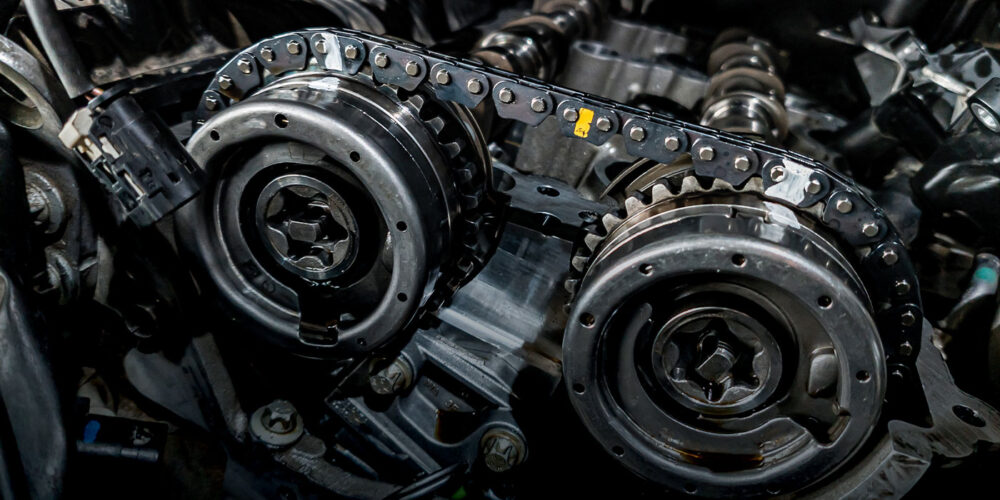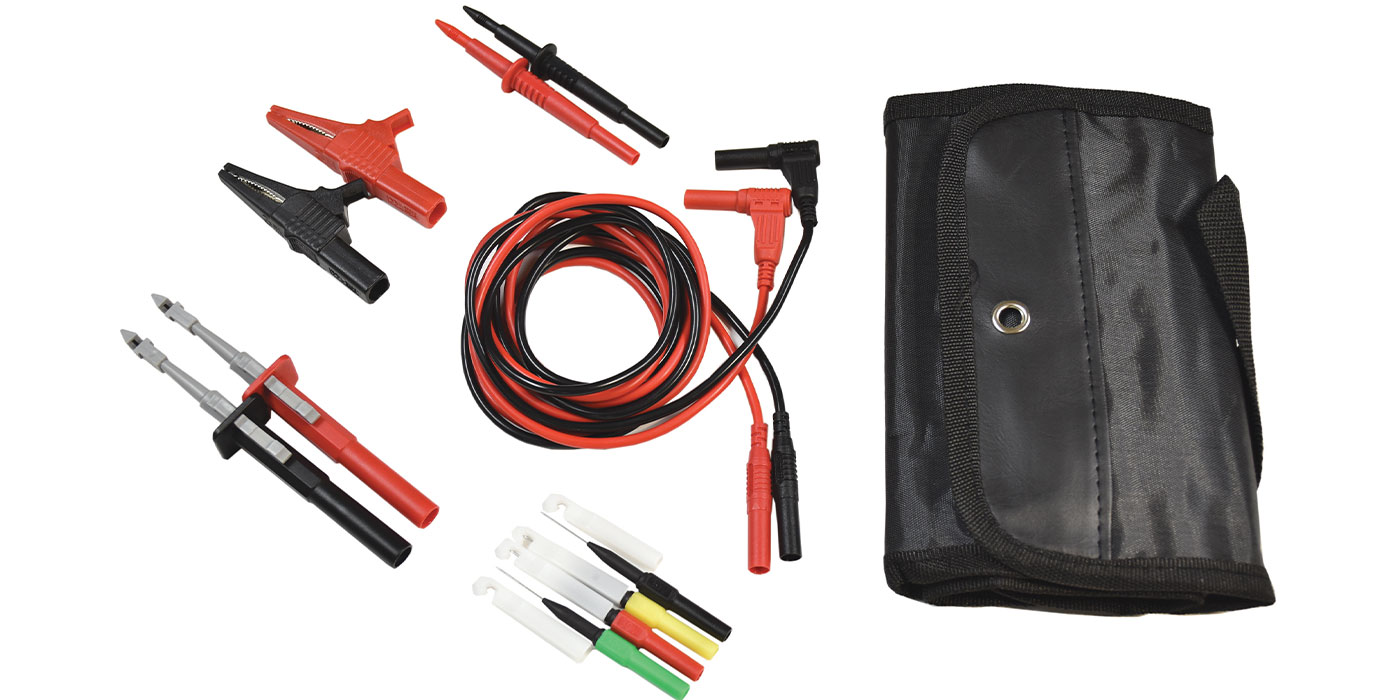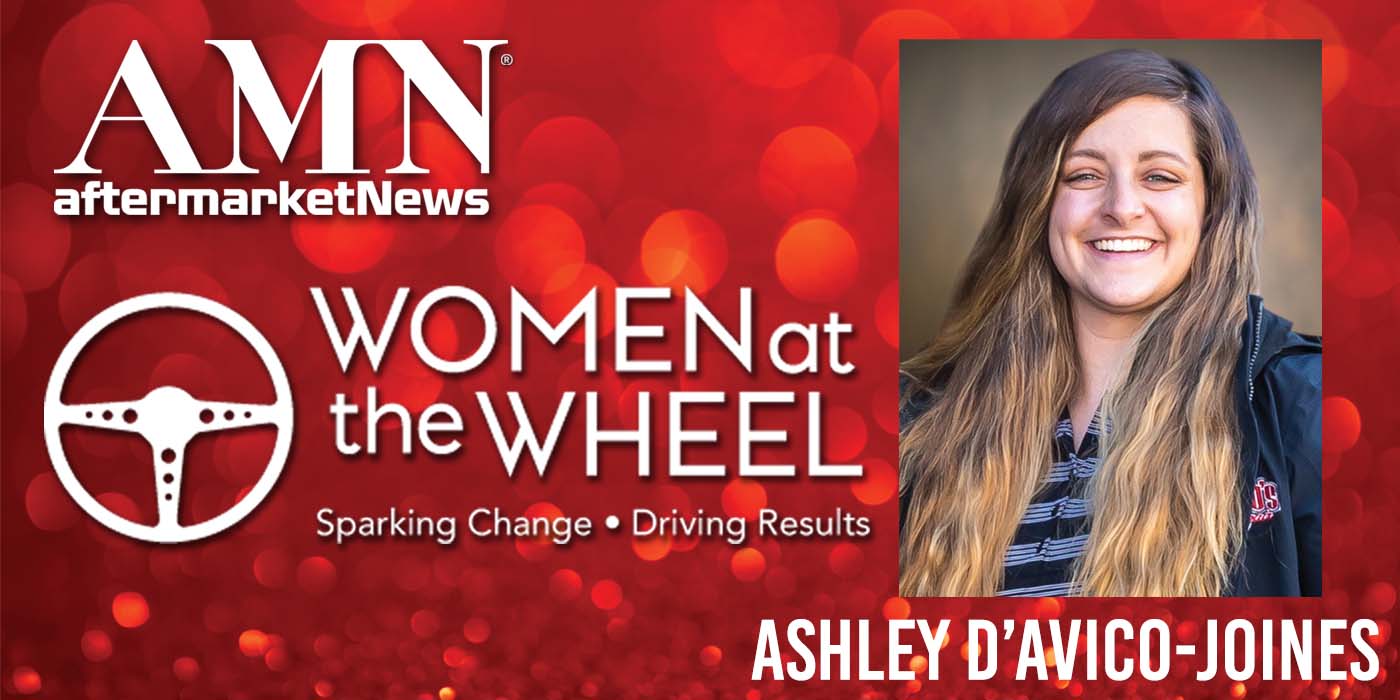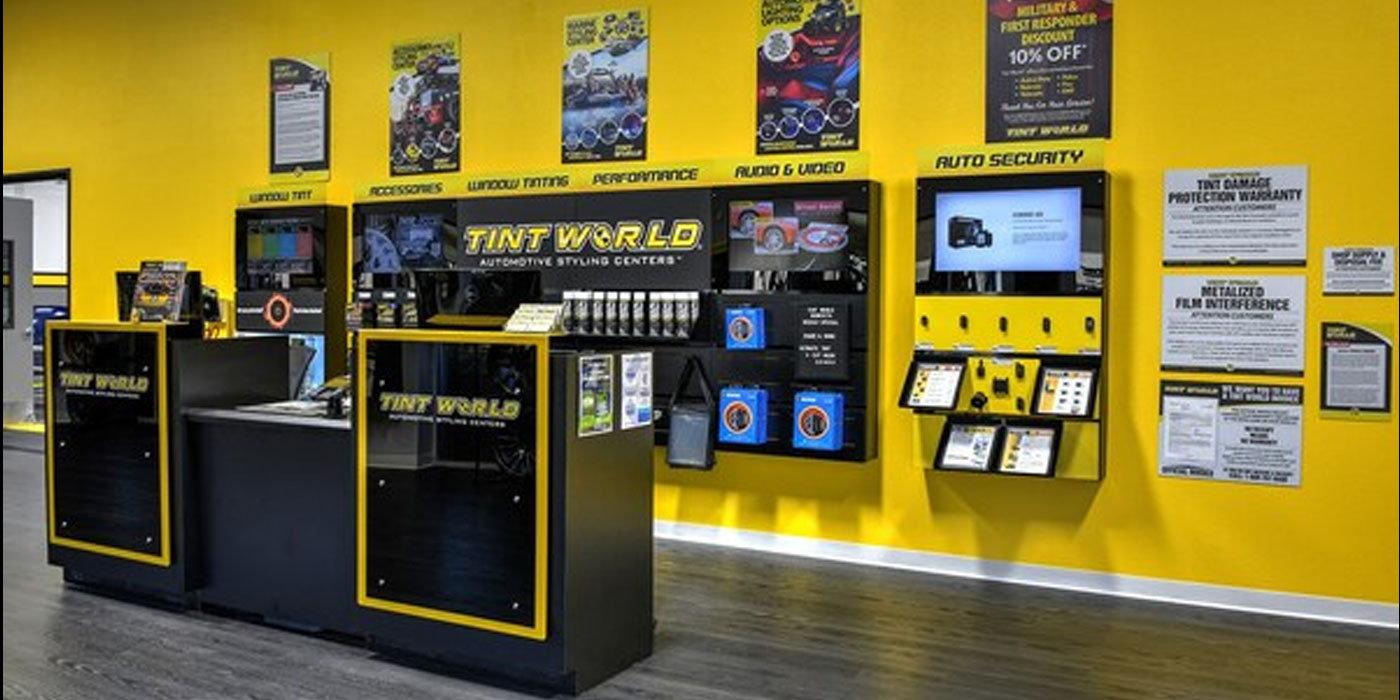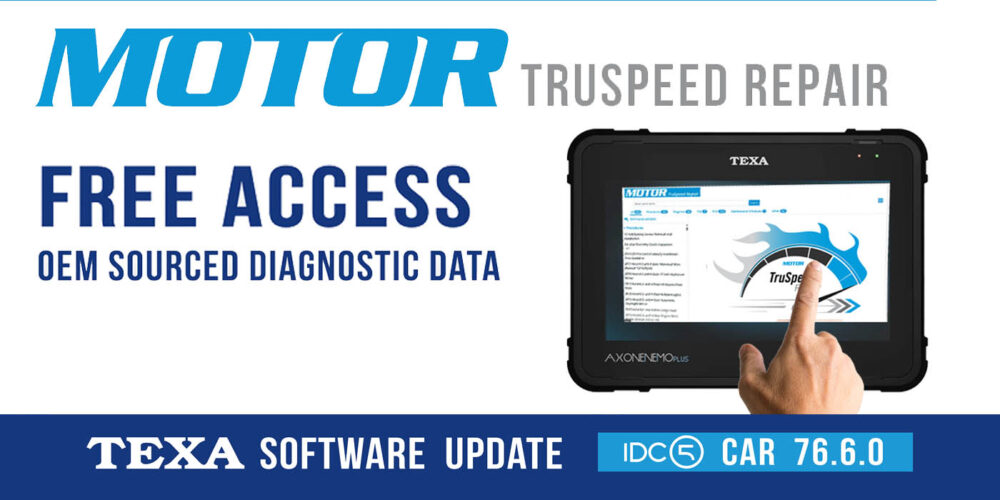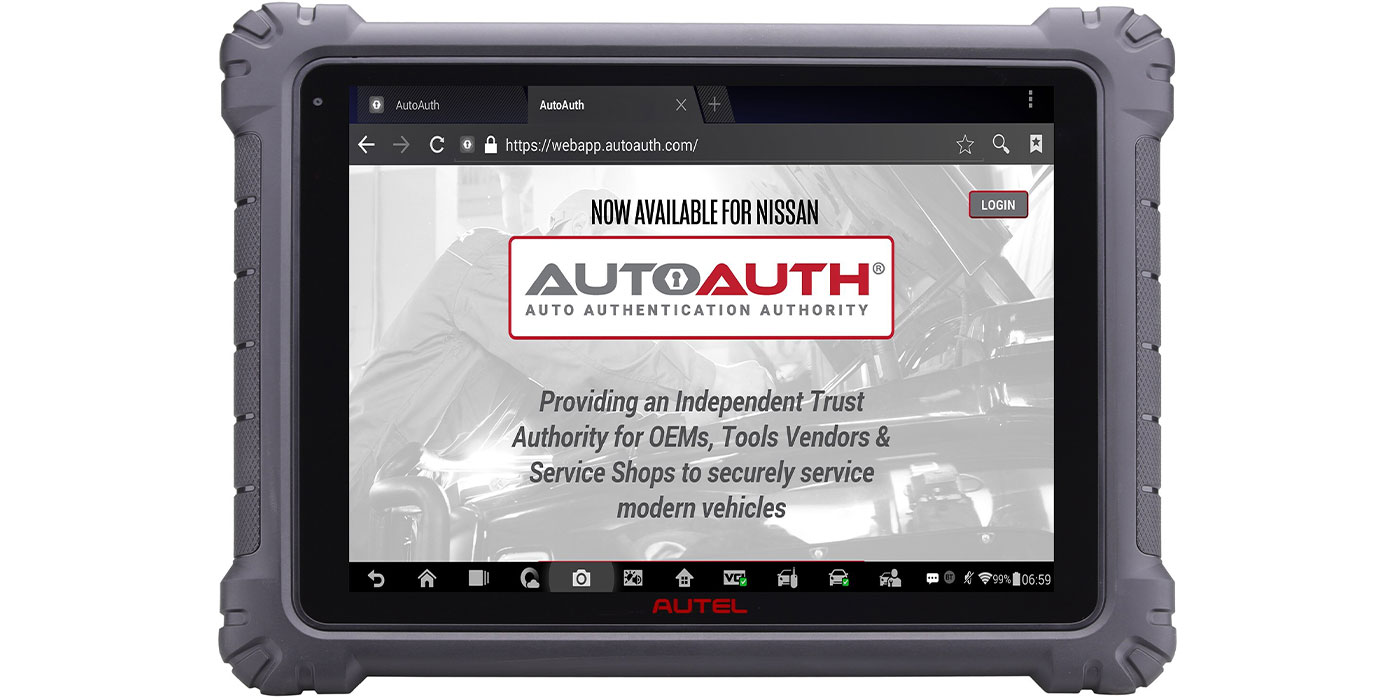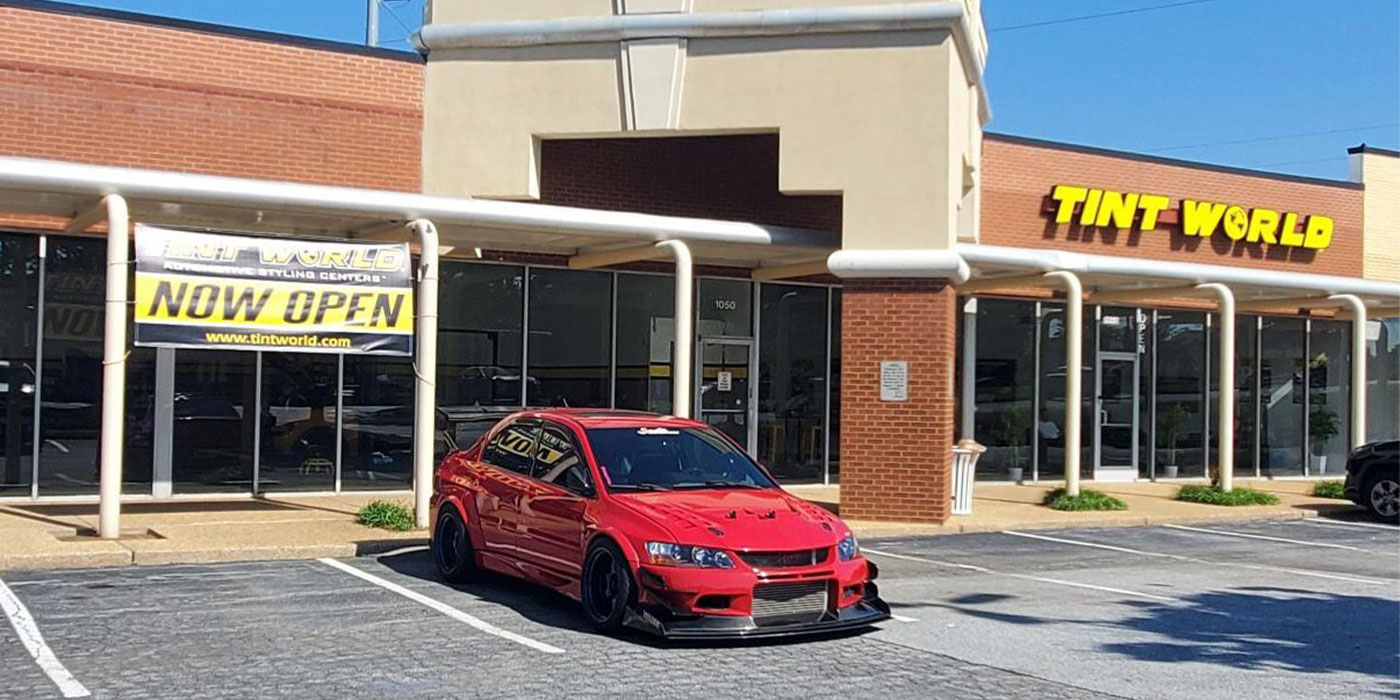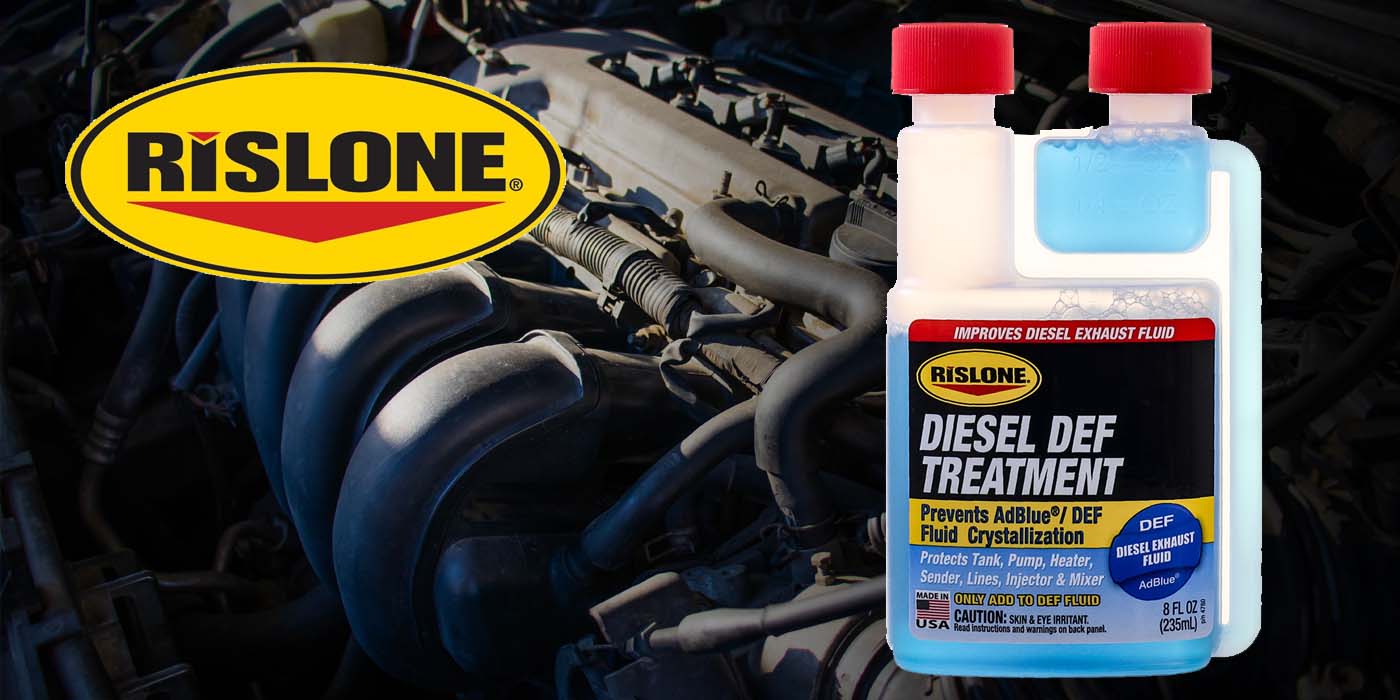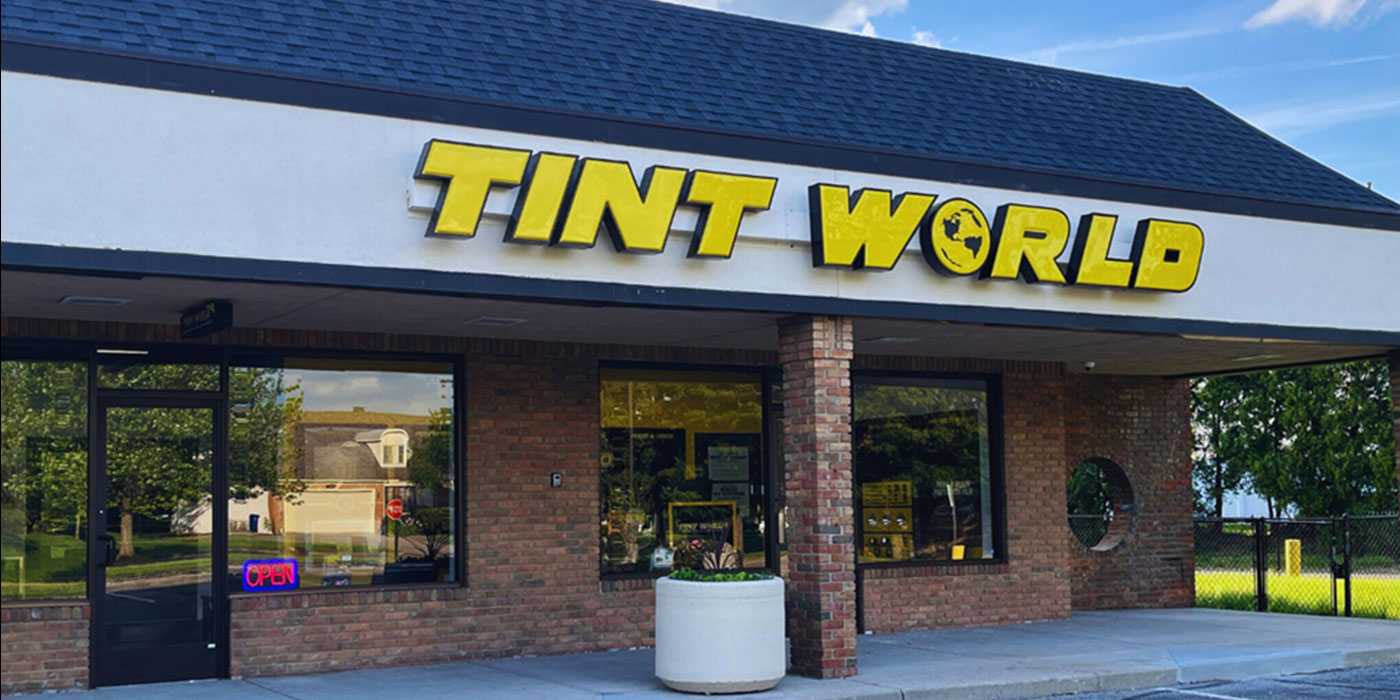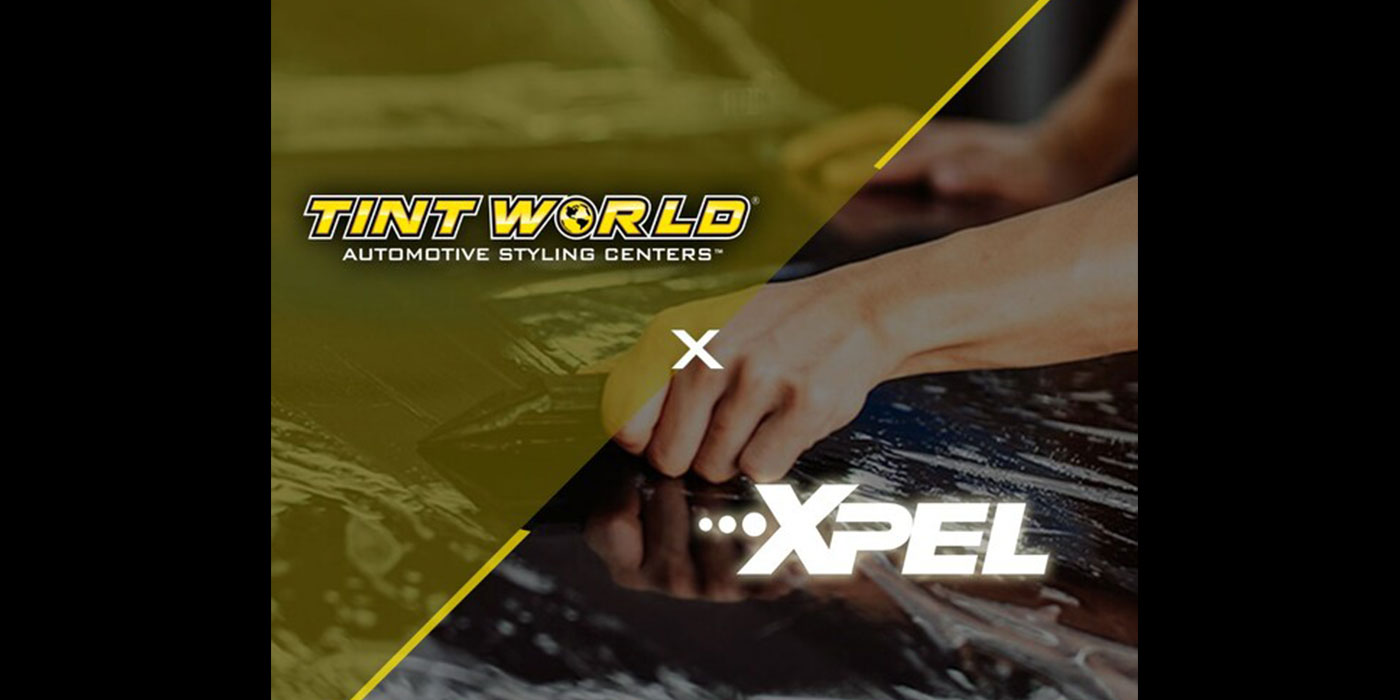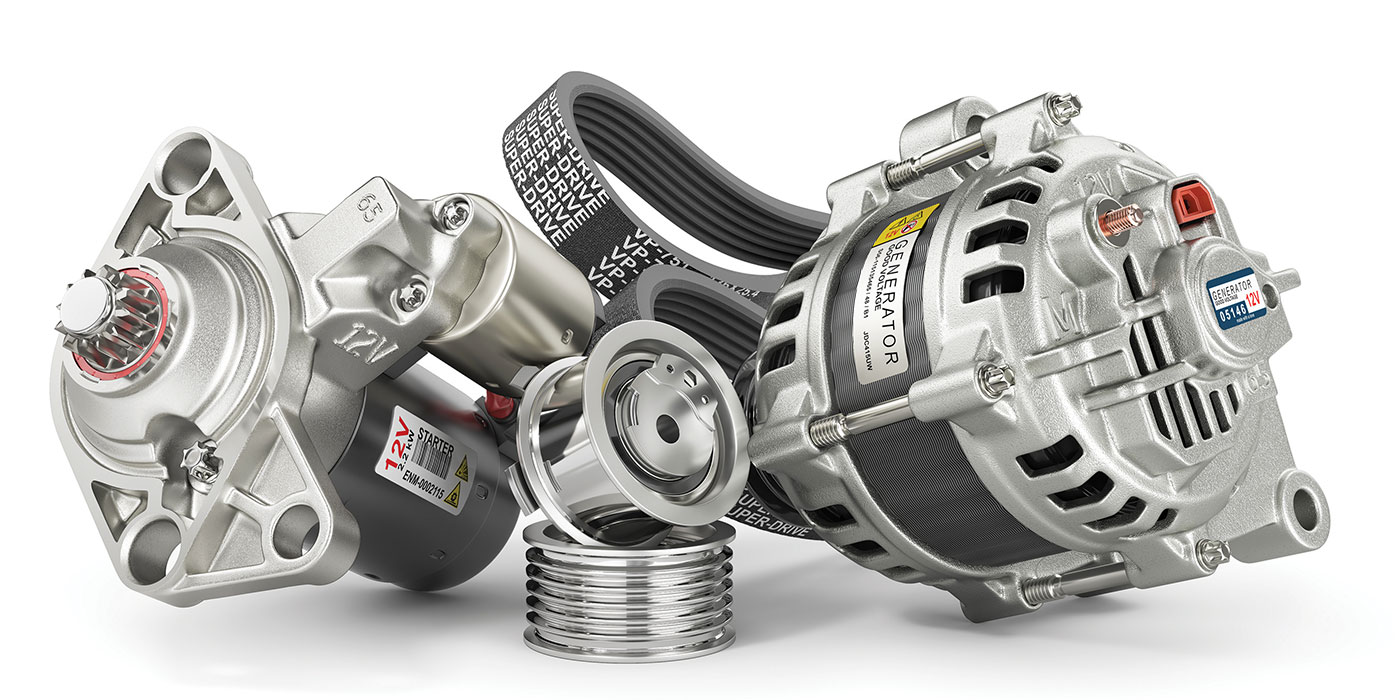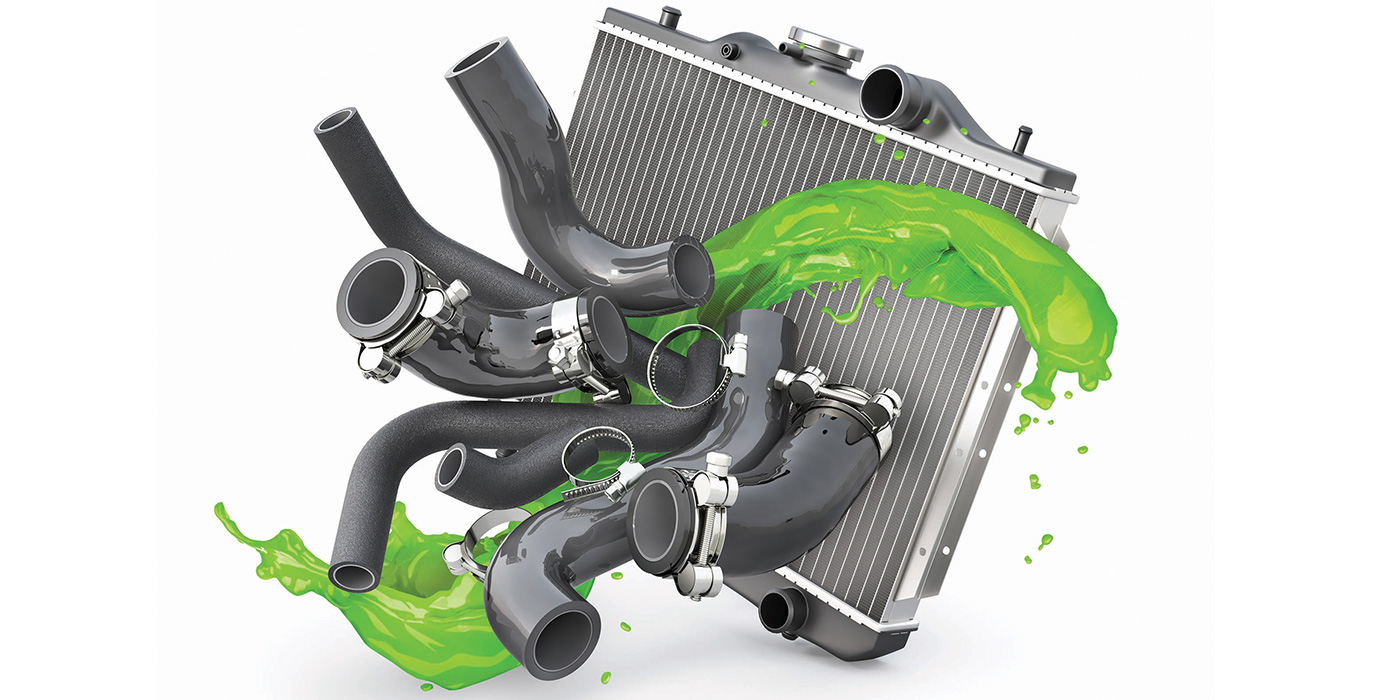Most technicians agree that timing chains are difficult to replace. I’ve said the same thing plenty of times. But it’s not that they’re actually more difficult compared to many of the other things we do, they’re just more time consuming than a timing belt, and we use that as the basis for our claim.
The biggest factor is that timing chains are lubricated by engine oil, and consequently are sealed inside the engine. Timing belts run dry, and therefore need to be protected only by external plastic shields and covers. Both inspecting and replacing timing belts are much simpler because we’re not breaking an oil seal, which saves time cleaning, prepping, ordering the correct seals and sealant, and allowing proper curing time.
Timing chain systems also utilize many more components. In addition to the chain(s) and tensioner(s), there are multiple timing chain guides associated with almost every design, as well as multiple sprockets, and in some cases, the water pump is chain driven as well. Each one of these components wears along with the chain, and they all must be replaced at the same time to ensure the longevity of the repair.
For this reason, timing chain kits are designed so we have everything we need. When performing timing chain replacement “by the book,” all components in the kit should be replaced. Worst-case scenario, if you suspect a timing chain as the problem and order a kit, yet discover a different problem upon disassembly, the kit gets returned, unopened, and you order only the necessary seals or sealant required for reassembly. But, as you undoubtedly know, it doesn’t always happen that way.
When faced with a timing chain return, the first thing you should ask yourself is, why would a timing chain be returned? In the aforementioned scenario, it would be an understandable return, and in that case, the kit should still be sealed. But regardless the reason for the return, the first thing you should do is open the box to see what’s inside. If the contents are sealed, it’s an easy return. If the seal is broken, or if by chance the kit didn’t come sealed, it’s time to pay much closer attention to what’s there.
Confirm the kit still contains all the original components that should be included. If the timing chain was ok after disassembly, was there a gasket needed to seal things back up? Perhaps one seal might be missing with the hopes it won’t be noticed, especially if the kit contains more than one.
It’s not as likely someone would install a timing chain, realize it didn’t fix the problem, then remove it, but it certainly does happen. Look for any signs that the chain, tensioners or guides have been installed. Tensioners and guides are bolted on, and if they were installed, there will be witness marks where the bolt shoulders contact them. You won’t generally see a witness mark on a chain in this case, but a greasy dirty chain is a sign that some trickery may be taking place.
Always look closely at the chain. If it looks worn, it might be. Maybe only the chain was replaced, and the old one placed back in the kit, with hopes it won’t be noticed. Or maybe the same with any single component from the kit that was “borrowed” and replaced with the old one. There will again be some witness marks or evidence of age on the old part.
Here’s another trick to be on the lookout for. All parts are not created equal. When you sell high-quality components, beware of returns. Look them over closely, even if they look new and unused. Compare them to another you have in stock. The high-quality components may have been replaced with low-quality imposters.
If it’s a warranty claim, you’ll have to dig in to find out why. Parts carry warranties because the manufacturers stand behind them, and while problems do occur from time to time, when quality components are correctly installed, it’s uncommon. There’s usually a contributing factor. In some cases, there may be nothing wrong at all with the “warranty” component. It may be the result of a misdiagnosis. The shop doesn’t want to get stuck with the bill, but neither do you.
You might get lucky, and it might be an easy one. Such is the case when a component is flat-out missing in the box. Where did the component go? You may get told it was missing when the kit was opened, and then it’s not so easy. Was it really missing? When you sell a timing kit, open and check the contents, then you’ll know it was complete.
Perhaps you were the unlucky recipient of a previously returned kit that was sent back to the warehouse from another store, then sent to you with no one looking at it. You don’t want to send this to your customer.
Even if it’s sealed, do your best to confirm all components are there. A rare occurrence to be sure, but in the event something is actually missing, a shop could get stuck holding the short end of the stick. When something is sealed, we all assume it’s all there. And, it usually is, but who hasn’t bought something that was missing a component or piece of hardware. It can happen, so be sure you head something like this off at the pass, to prevent an inconvenience for your customer and for yourself.

